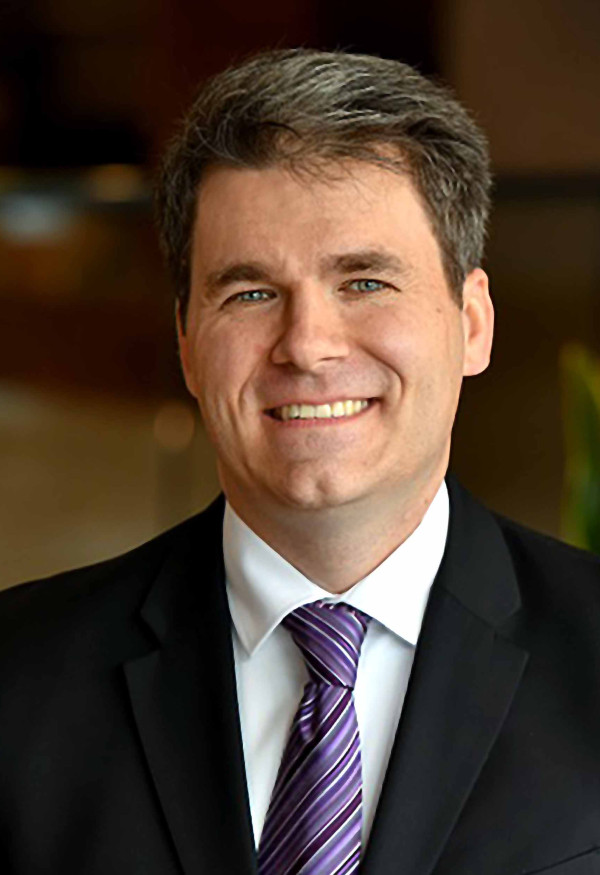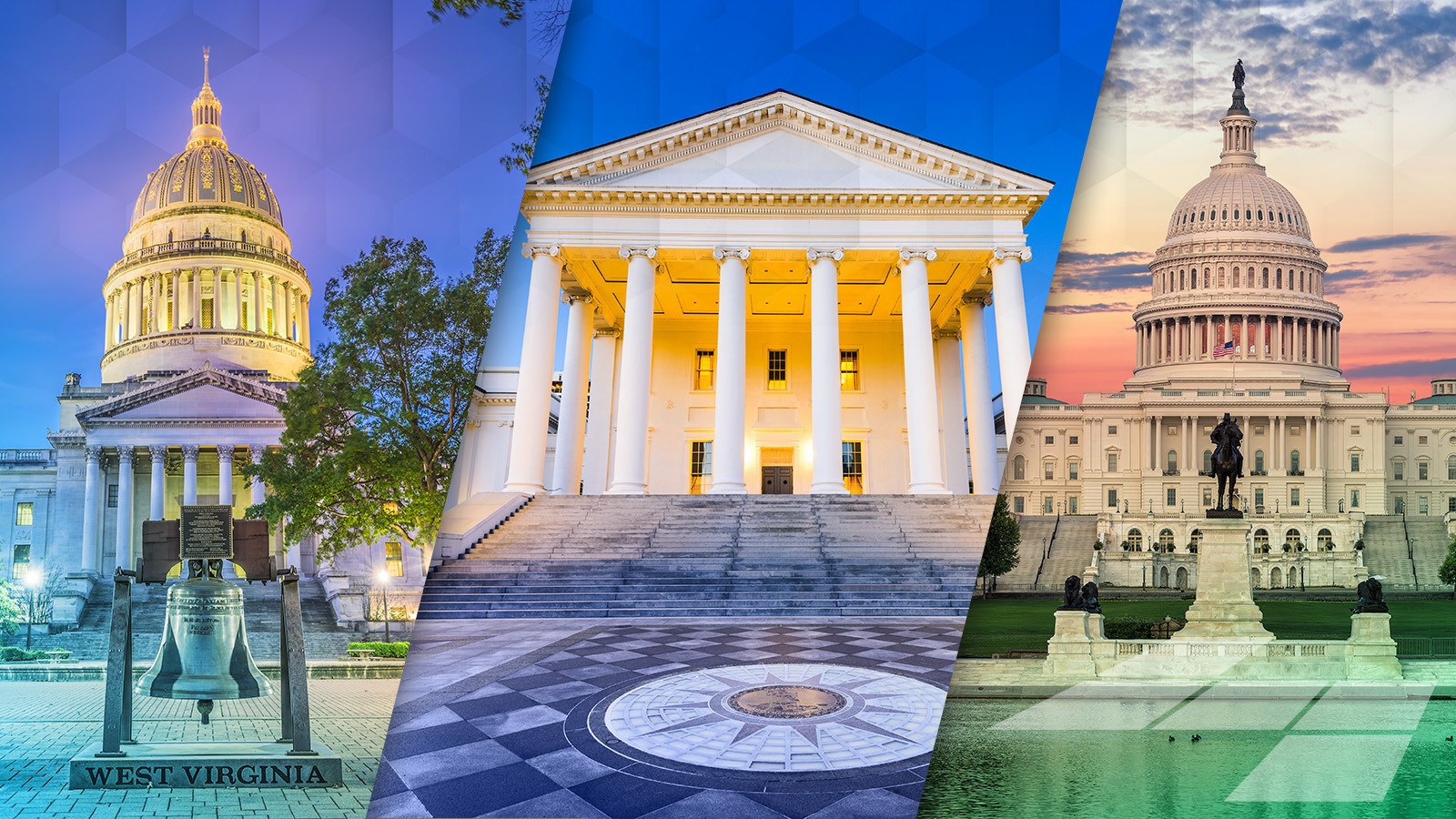
In May, I attended three statewide safety meetings in rapid succession. First, the West Virginia Highway 2 Safety Summit in Bridgeport, WV hosted by the West Virginia Governors Highway Safety Program. Second, the Virginia 2025 Highway Safety Summit in Virginia Beach, VA hosted by the Virginia DMV. Finally, the Washington, D.C. United We Go 2025 Mobility Safety Summit hosted by DC Vision Zero. Together, they offer a snapshot tour of what’s going on in highway safety across the mid-Atlantic region. In this blog, I’ll share some high-level themes I’m seeing across all three events and dive into each one in more detail.
Common Themes
Cannabis Complicates Efforts to Reduce Drug-Impaired Driving
Virginia, West Virginia, and D.C. join most other states that have identified drug-impaired driving as a major concern. Research shows that cannabis legalization has led to more drivers with cannabis in their system. Whether they are impaired or causing more crashes is a matter of debate, due in part to the difficulty of accurately measuring cannabis impairment. One thing we do know is that many people who use the drug seem to have a blasé attitude towards getting behind the wheel that is dissimilar to our current culture of opposition towards drunk driving. Even habitual drunk drivers probably have a sense that they’re doing something wrong, but some cannabis users mistakenly think that driving under the influence is safe, or at least safer than drunk driving. The best possible evidence suggests that cannabis does impair driving, just in different ways than alcohol. There is much fascinating research out there on all these topics.
So, we face an uphill battle to establish a new culture of safety that values responsible use of newly legalized substances. The safety community is thinking deeply about this, and it’s going to involve careful consideration of the audience of cannabis users, the nature of cannabis use (often at home rather than a bar or restaurant), and the benefits of linking up with valuable new partners. For instance, the Virginia summit featured representatives from the Virginia Cannabis Control Authority, which works with medical cannabis providers and sponsors a safe driving campaign.
Federal Decisions Brewing Uncertainty
Another popular topic across the board was everything that has been happening at the federal level. It’s no stretch to suggest we are experiencing a transformation of government. Highway safety, state and local agencies are seeing a sea change in the Administration’s transportation priorities, federal safety offices loosing tenured staff, the slower release of safety grants and resources, discussion of long-term funding austerity, and a general sense of ambiguity and unpredictability.
Roadway Safety More Important Than Ever
Nonetheless, I observed the commitment to roadway safety at the state and local level still being very strong. The good news is that there is a sense that safety has become more of a priority than it was before. Across the country, we’re seeing traffic deaths declining across most categories. People are reflecting on the past years of widespread adoption of the Safe System Approach and thinking aloud, “Maybe some of the new things we’ve been doing recently have actually been working.” It may be that states, cities, and regions, and their partners will be the ones to take more of the initiative in the coming years, and that itself will unlock new opportunities to save lives on our roads.
West Virginia Highway 2 Safety Summit
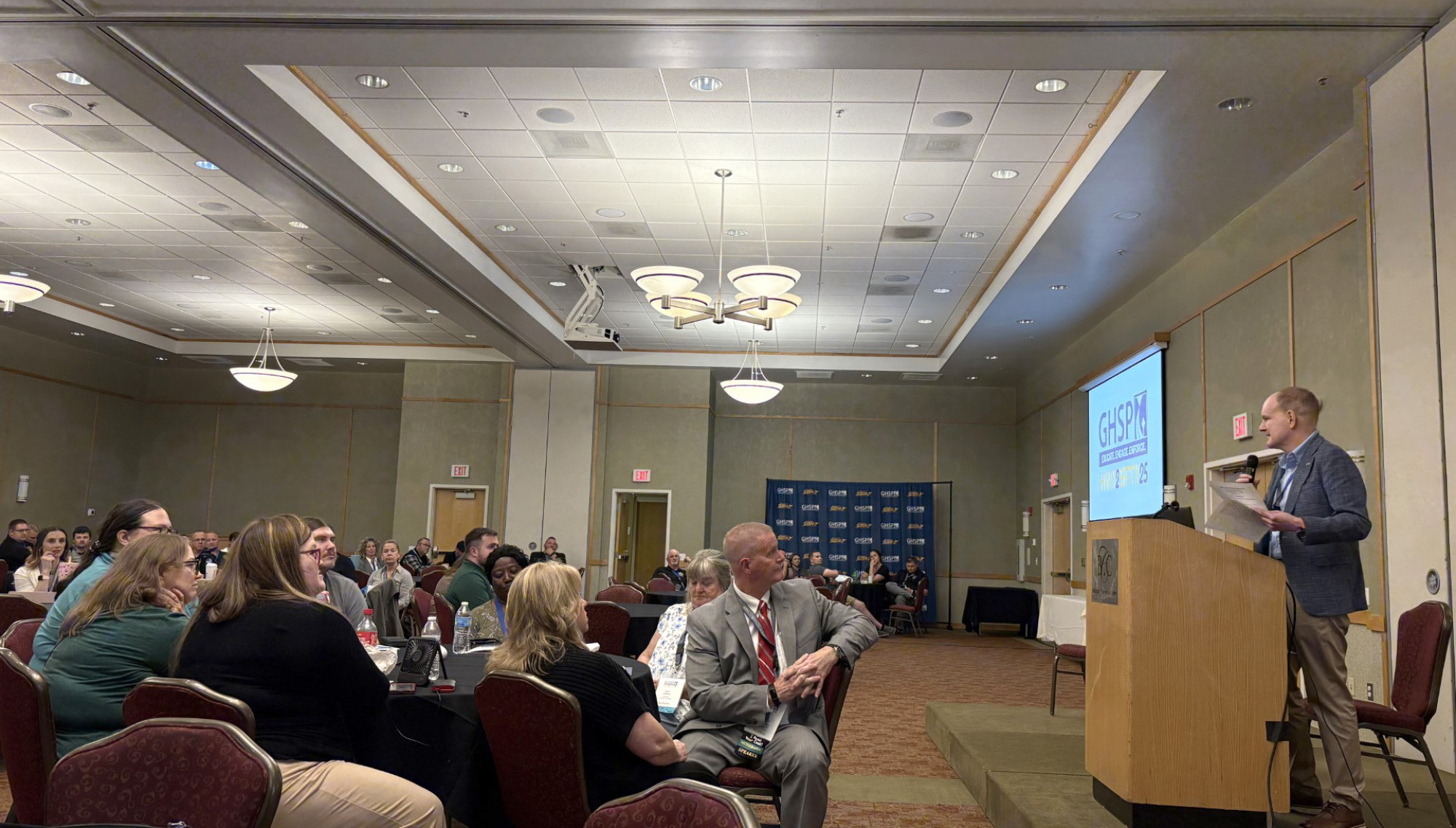
Jonathan Adkins, CEO of the Governors Highway Safety Association, speaks to the audience at the West Virginia Highway 2 Safety Summit.
West Virginia Focuses on Intersections and Pedestrian/Bicycle Safety
One innovation of interest in West Virginia’s Strategic Highway Safety Plan (SHSP) is the use of “regional emphasis areas.” While most SHSPs, including West Virginia's, have Emphasis Areas (EAs) that apply statewide, the Mountain State has also identified intersections and pedestrian/bicyclist safety as regional EAs in specific areas of the state. This may be because West Virginia cities and towns are highly concentrated, along with intersection and Vulnerable Road User conflict issues, but less so on rural roads outside of urban communities.
Motorcycle Safety Program May See Updates
At the meeting, we also heard about West Virginia’s recent Motorcycle Safety Assessment, which Cambridge Systemics helped the state prepare for. For the state’s NHTSA program assessment, a team of independent assessors examined West Virginia’s motorcycle safety program, compared it to national best practices, and issued recommendations for improvement. With over 500 motorcycle crashes and over 35 deaths annually, West Virginia will be considering a number of program updates. Bordered by five other states, West Virginia also faces a significant problem with unhelmeted riders from its neighbors, and this is likely an experience shared by states that are destinations for riders.
SAFE Promotes the Use of Intelligent Speed Assistance in Vehicles
Speeding remains a significant issue in West Virginia. Some states now require mandatory speed limiters for reckless drivers, and several other states are considering similar legislation. SAFE presented on its industry Steer Safe Partnership to promote the use of active intelligent speed assistance (ISA) in passenger vehicles. GPS-equipped ISA devices installed in vehicles automatically and dynamically detect speed limits and prevent a vehicle from exceeding them. This technology is comparable to alcohol ignition interlock devices (IIDs), but it's also different in many ways. Like IIDs, convicted offenders would be required (by law or by judicial discretion) to have ISA devices installed on vehicles they own for a specific period of time and can be cited for circumventing the device or not having it equipped. Unlike IIDs, ISA devices require no calibration, no breath tests, and generally don’t involve “violations” – it just limits the maximum speed.
This is a dynamic space to watch over the next year. A confluence of factors has made ISA suddenly a countermeasure of tremendous interest: the increase in speeding during the COVID-19 pandemic, the availability of practical technology, the successful experience with ISA in other countries, the IID framework as a model, and broad support from across the traffic safety ecosystem. Potential barriers for the state and local agencies that would run these programs are start up costs and the necessary updates to internal systems and processes.
Community Engagement Remains Critical for Rural Safety
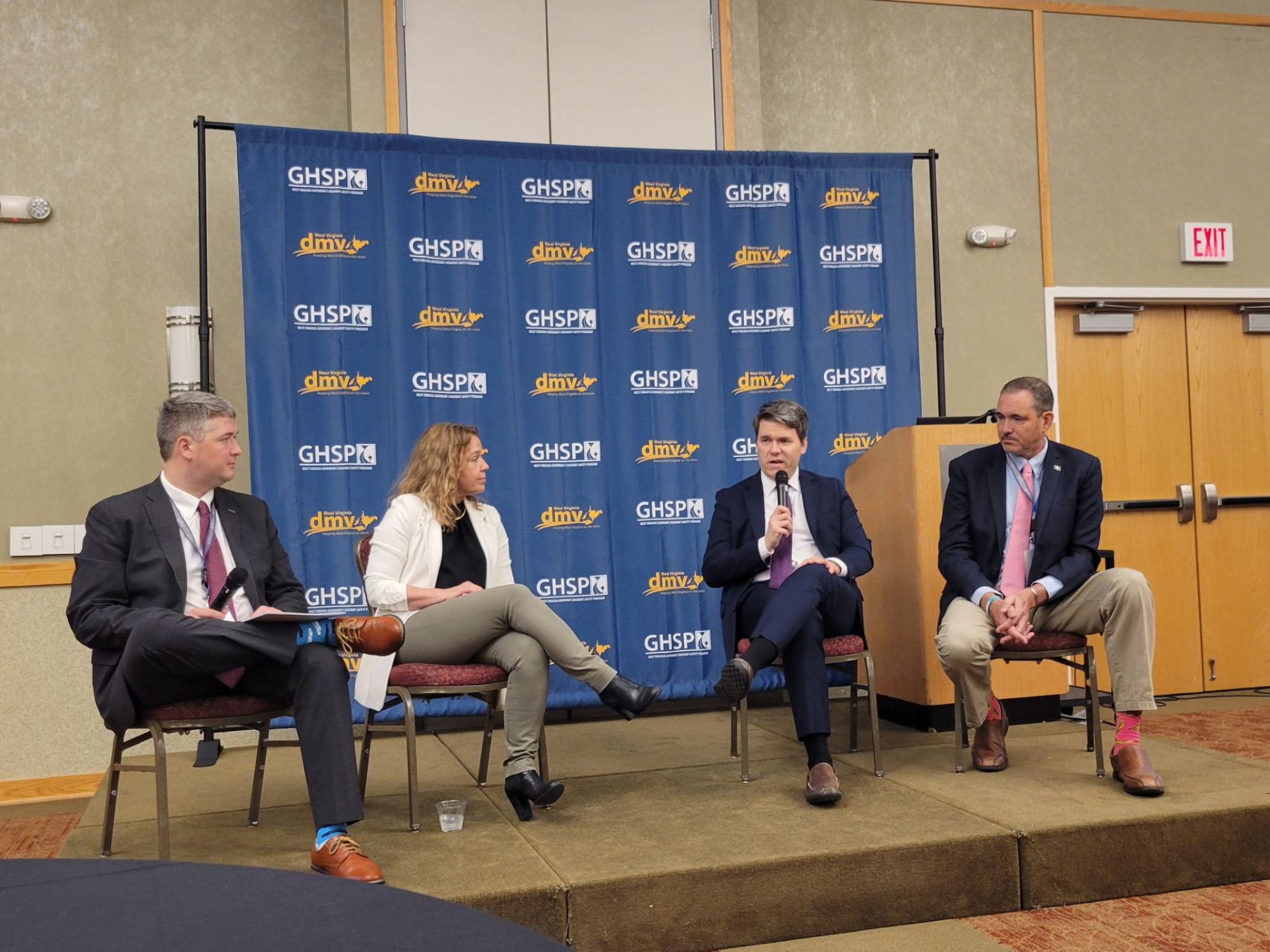
Rick Birt (Director, D.C. Highway Safety Office), Shannon Hughes (Founder, Own Our Streets, LLC), Russ Martin (Senior Associate, Cambridge Systematics), and Greg Puckett (Executive Director, Community Connections) participate in a panel discussion on community engagement.
I participated in a panel discussion about community engagement - a prevalent area for growth in safety planning. West Virginia is a notably rural state, and the diffusion of rural communities would seem to make public gatherings more difficult. As we have found in the CS-supported West Virginia Governors Highway Safety Program, community engagement becomes an even more important part of safety planning for rural areas. A map of rural crashes may not show clear patterns that you can plan activities from, but members of the community can tell you about their lived experiences and the road risks that they observe every day.
If you like these updates, join the 1600 others who follow Safe System Weekly newsletter on LinkedIn, where I bring you the top transportation safety news and insights on a weekly basis.
Virginia 2025 Highway Safety Summit
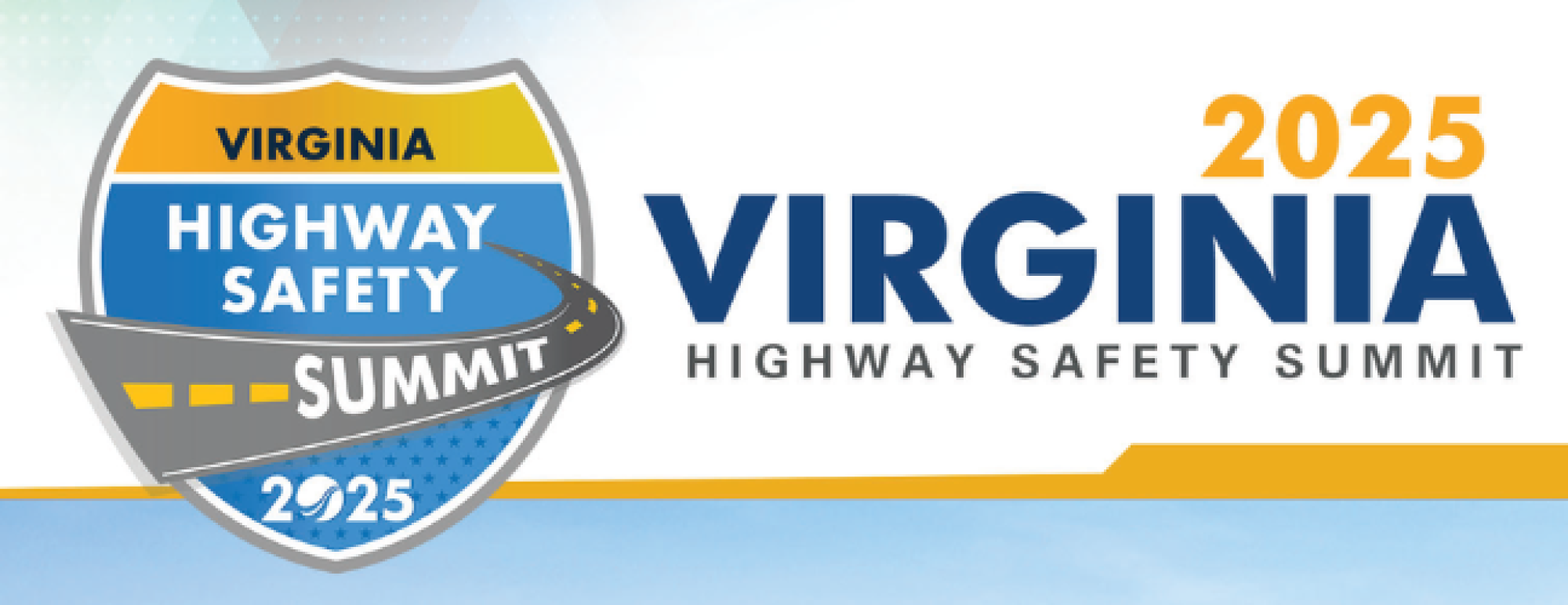
Rural Safety Emerges as a Priority
This event, the first hosted by the Virginia Department of Motor Vehicles in several years, emphasized rural roadway safety. Like West Virginia and most other states in the nation, Virginia also experiences a disproportionate number of deaths on rural roads compared to urban areas. There are many reasons for this (not unique to the Commonwealth), including more reliance on car travel, higher speeds, sparser traffic enforcement, less safety infrastructure, and longer emergency response times. Vision Zero is often focused on cities, but many states are considering how the revolution in traffic safety can be extended to all communities.
At the meeting, sessions covered issues like the addictive nature of distracted driving and emergency medical needs in rural areas. Some parts of the country still have better crash survivability just because crash victims can be more quickly transported to a hospital or Level One trauma center.
Law Enforcement: Non-Traditional Partners and “Guardian Mindset” are Key to Community Engagement
Like many states, Virginia is also fostering stronger community engagement. One workshop speaker offered a compelling presentation on how his law enforcement agency works to fulfill the pillars of Community-Oriented Policing. Traffic enforcement units are uniquely positioned to talk about safety and community quality of life by virtue of necessarily being out in the communities they serve. This engagement often comes to fruition with an expanding list of “non-traditional partners.” Some cited at the summit included School Resource Officers, Home Ownership Associations (HOAs), Parent-Teacher Associations (PTAs), employers, faith-based organizations, nearby military installations, libraries, and, surprisingly, food banks.
The speaker promoted the “guardian mindset” among law enforcement as a way to improve police-community relations and further advance traffic safety. When seeking out traffic safety partners, it may be advantageous to partner with others who have a “guardian” mentality – a mandate or mission to help protect their communities in different ways.
Virginia SHSP Launches Emphasis Area Data Dashboard
We are part of a team implementing Virginia’s SHSP – Arrive Alive, which launched a new SHSP Emphasis Area Data Dashboard. This dashboard will help the Virginia Department of Transportation, its partners, and Virginians understand long-term trends for traffic safety issues. This data will be invaluable as Virginia will soon embark on an update to its SHSP for the next five-year period.
D.C. Mobility Safety Summit
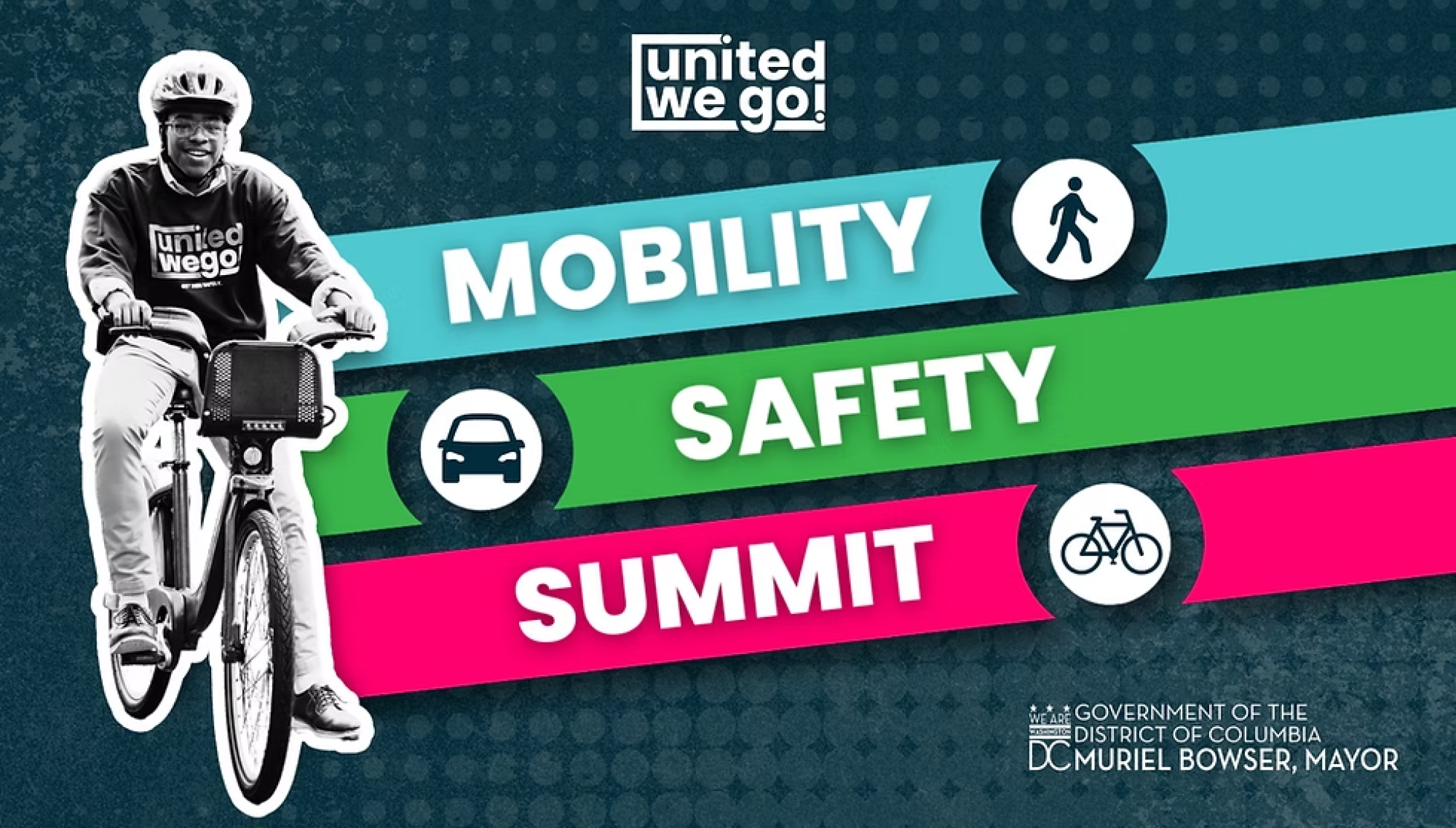
How to Reach the Public with Effective Communication Tactics
Ben Feller, former Associated Press White House Correspondent, presented a keynote on effective communication. Industry specialists and practitioners often talk about programs and issues through their own lens as experts. This is as true in highway safety as it is in any industry, but breaking through to everyday people requires more thoughtfulness. Here are some communication tactics presented by Feller:
Institutions Don’t Tell Stories, People Do: Narratives that people can relate to often need a point of view in order to humanize them.
Let Language Do the Work For You: Remove jargon and institutional terms. Communications in plain language alone can get you half the way there.
Beware the Oatmeal Problem: Some communications planning is “by committee,” resulting in “safe” messages that are undifferentiated – an oatmeal-like soggy middle ground. Memorable messages need to offer something unique and compelling.
Simple is Not the Same as Unsophisticated: Simple, plain language can be very effective at conveying complex ideas and is more likely to pull your audience in.
Non-Profit Work Is Still Competitive: Advocates may not compete for commercial gain, but they do very much compete for attention, funding, and thought leadership. Even in the non-profit world, you should be seeking an edge over your competitors.
Put the Audience There: Effective communications can often convey an experience.
Critics Frame What People Don’t Understand: If you’re not telling your story clearly, it opens the door for others to tell your story for you, potentially to your detriment.
Would You Want to Read It? A powerful litmus test as to whether your message is worth anyone’s time in our busy world.
A Unique Format Led to Engaged Discussion
Events like this can often be passive experiences for participants. Workshops may be sequences of lengthy panel presentations. This year’s summit still featured workshops with some speaker introductions, but then the tables turned. The workshop panelists posed the discussion questions to the audience members.
Discussions included how audience members are developing partnerships, how you can move the needle on public policy, partner with crash survivor advocates, and what outstanding traffic safety data needs there are in the District. On this last point, Cambridge Systematics is assisting the D.C. Highway Safety Office to develop a new Traffic Records Strategic Plan that will involve interagency partnership, the availability of new data sources, and enhancements to get more, higher-quality traffic safety data for planning purposes, so we were grateful for the open discussion.
Don’t go to events like this expecting to sit quietly in the back. This was a place to be prepared to raise your hand and speak your mind.
Let’s Connect
If you’re interested in hearing more insights from the perspective of a firm taking a leading and national role in integrating the Safe System Approach into transportation planning, subscribe to our transportation safety newsletter on LinkedIn: Safe System Weekly.
We have experience partnering with many states to support Strategic Highway Safety Plans and Triennial State Highway Safety Plans, as well as to implement a wider range of behavioral safety programs. If you would like to talk more, don’t hesitate to reach out.
